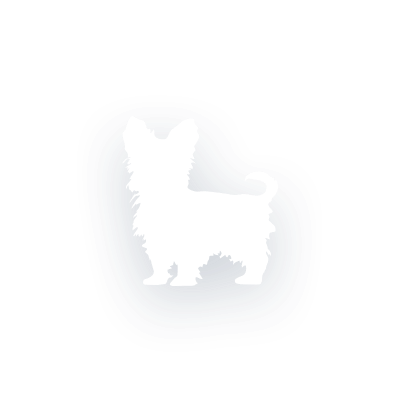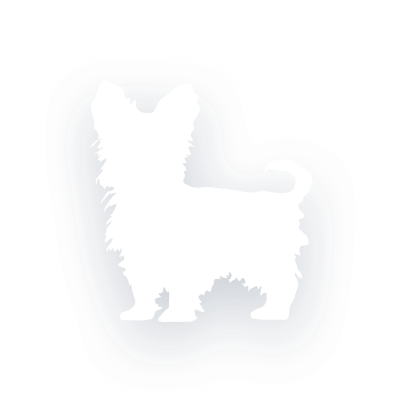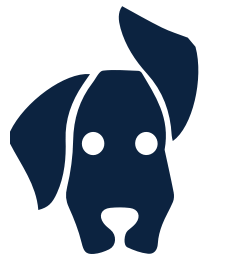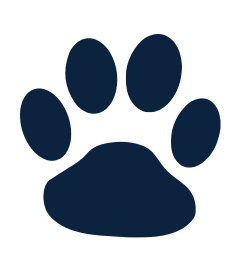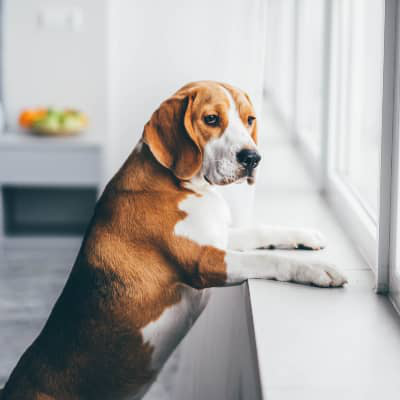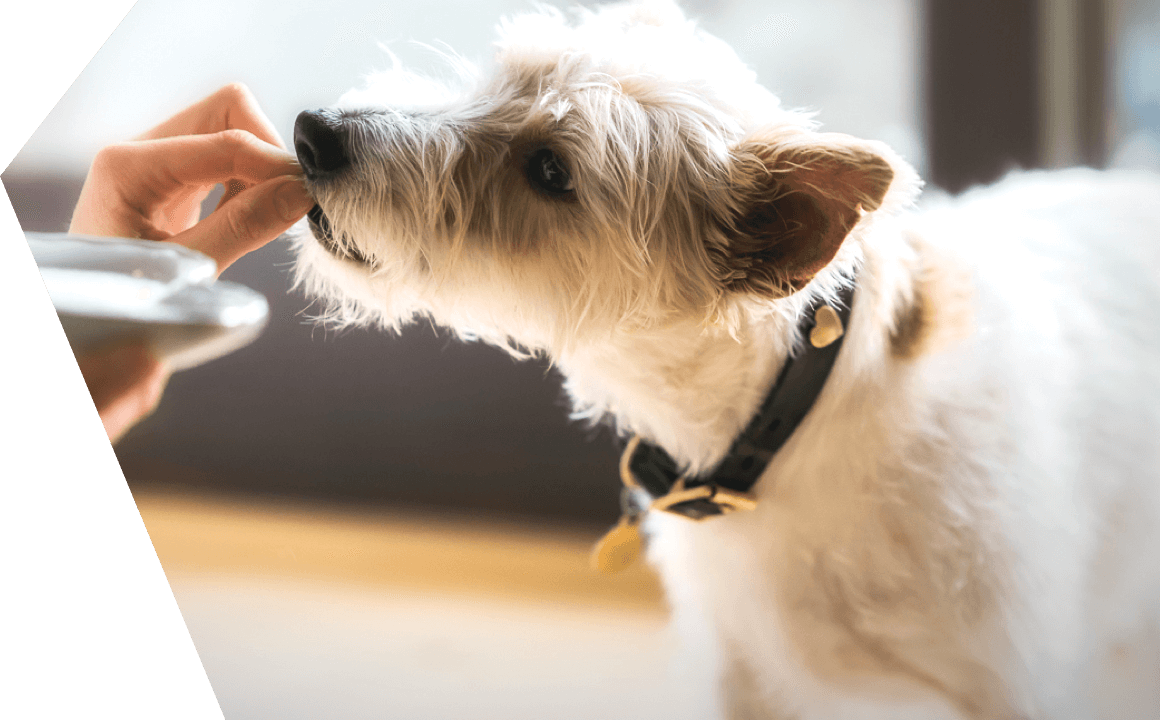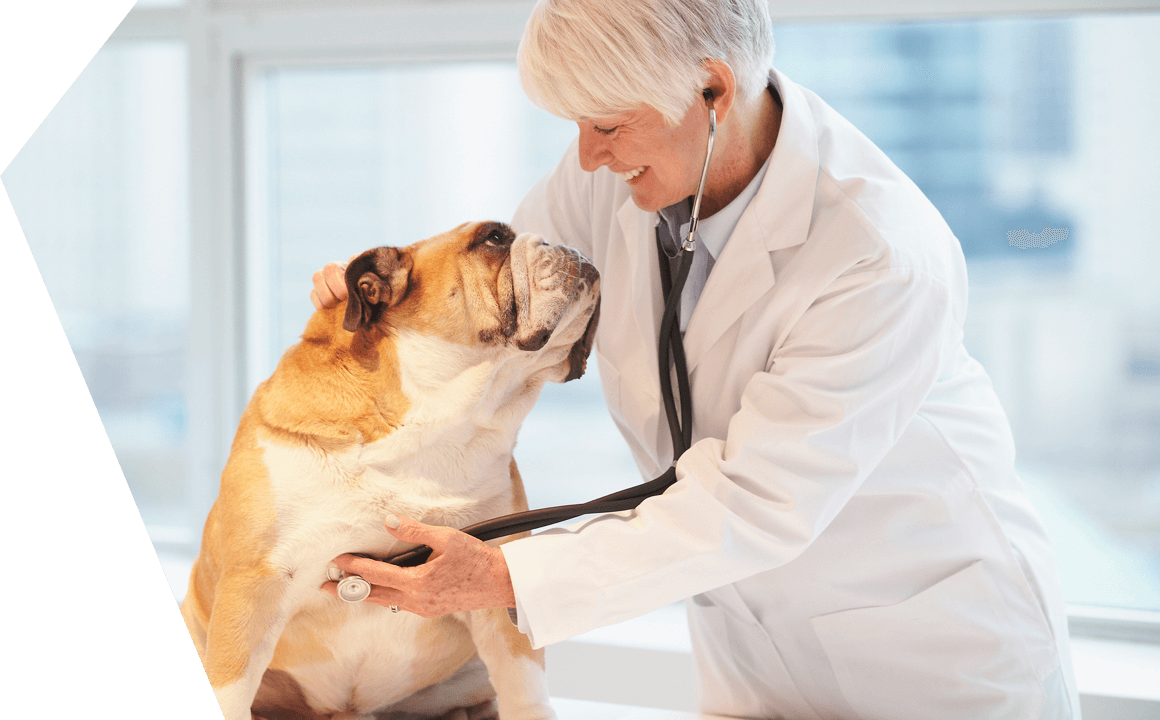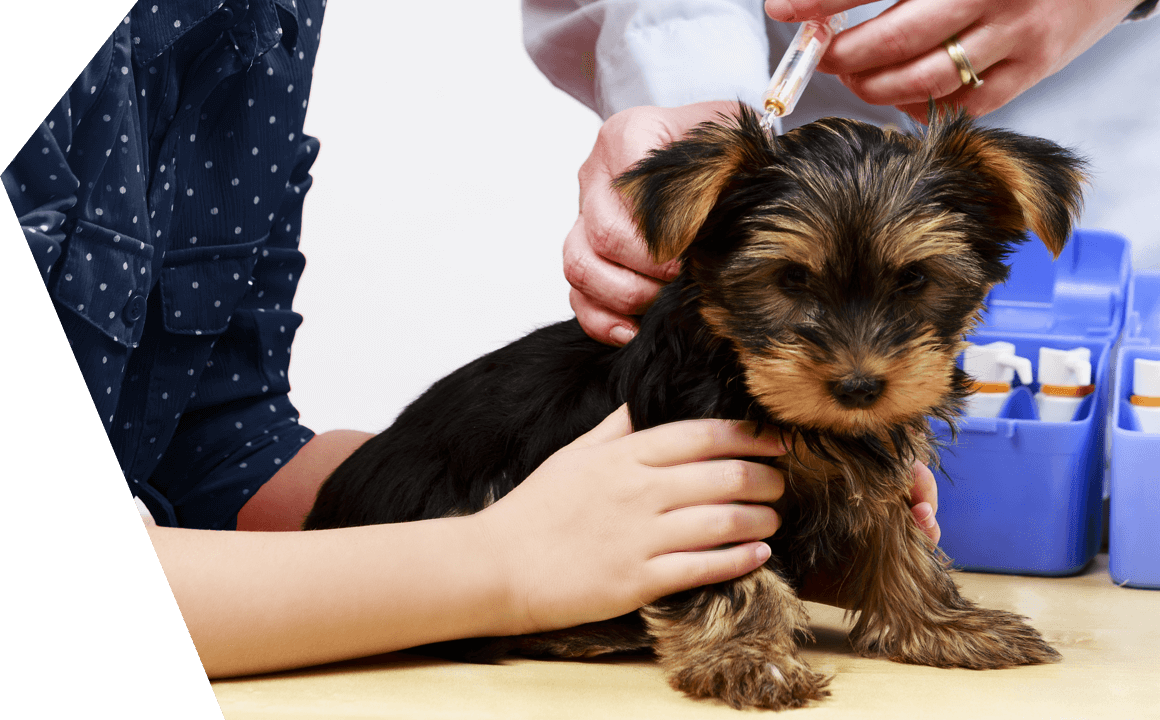THE YORKSHIRE PUPPY
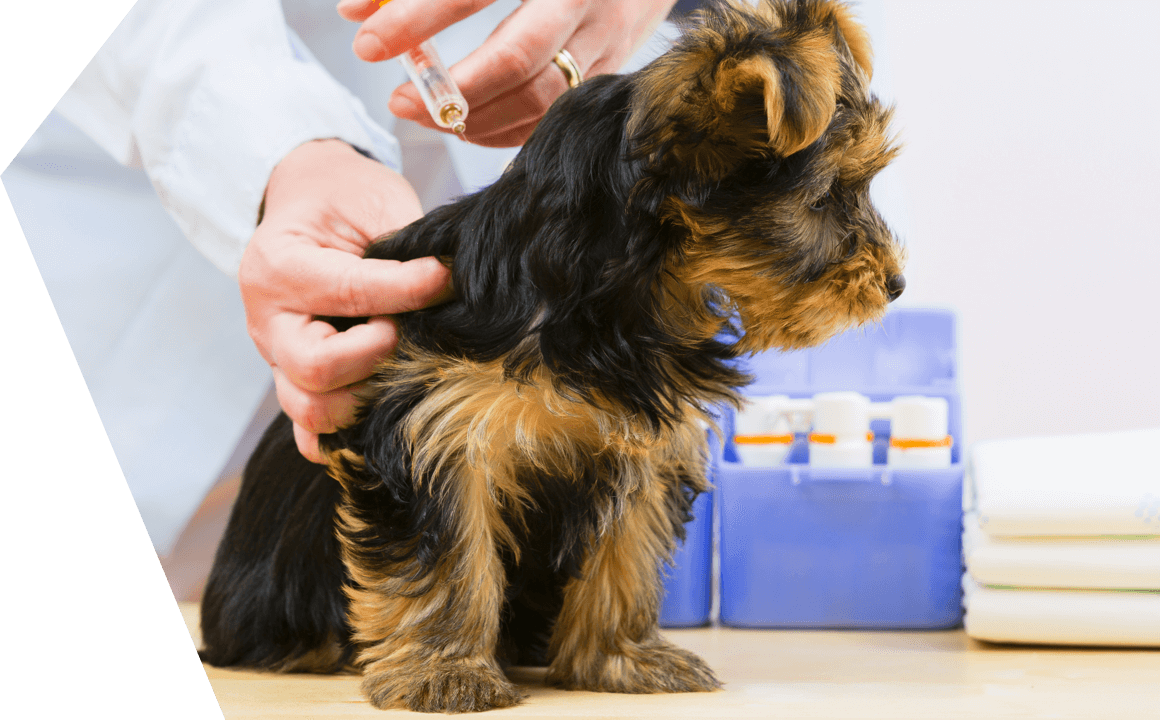
One of the smallest dogs, which requires some of the greatest care. Although your Yorkshire puppy may be small, this does not mean that the care that they need shouldn’t be diligent and rigorous; including their food and their hygiene routines.
The Yorkshire Terrier is a breed that comes from Great Britain and their weight varies between 1.5 and 3 kg. This is a dog with long, smooth fur, grey from the nape to the tail and the rest, tan coloured.
Because they are so small, often behaviours that you would definitely not let a larger dog get away with are overlooked: the fact that their stools are minuscule, for example, does not imply that you should stop taking them out into the street. For them, going out is important. What you would do if you had a large dog, you should also do with this one, even though they are tiny.
FIRMNESS AND PERSISTENCE
When it comes to training them, you should be firm and persistent. Teach them to eat well. While they like the food that you give them, in spite of their diminutive stomach, they will continue eating, so try not to give them too much food. Their intestine is short and they tend to digest animal proteins and fats better than those of vegetables. However, it is very important that you incorporate fibre into their diet.
Number of recommended daily meals:
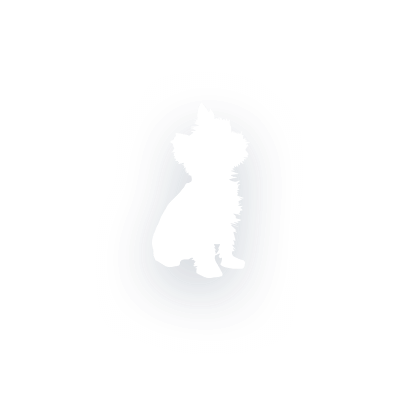
1 and 3 months
Four daily meals is ideal when they are between one and three months old.
With toy Yorkshires, which are the smallest of all, it is advisable to divide the total amount of daily food into two portions. And very importantly: don’t give them food between times.
EARS, EYES AND CLAWS
You will find more advice about how to educate and train Yorkshires in this article https://www.affinity-petcare.com/advance/en/dog/yorkshires-how-train-them
